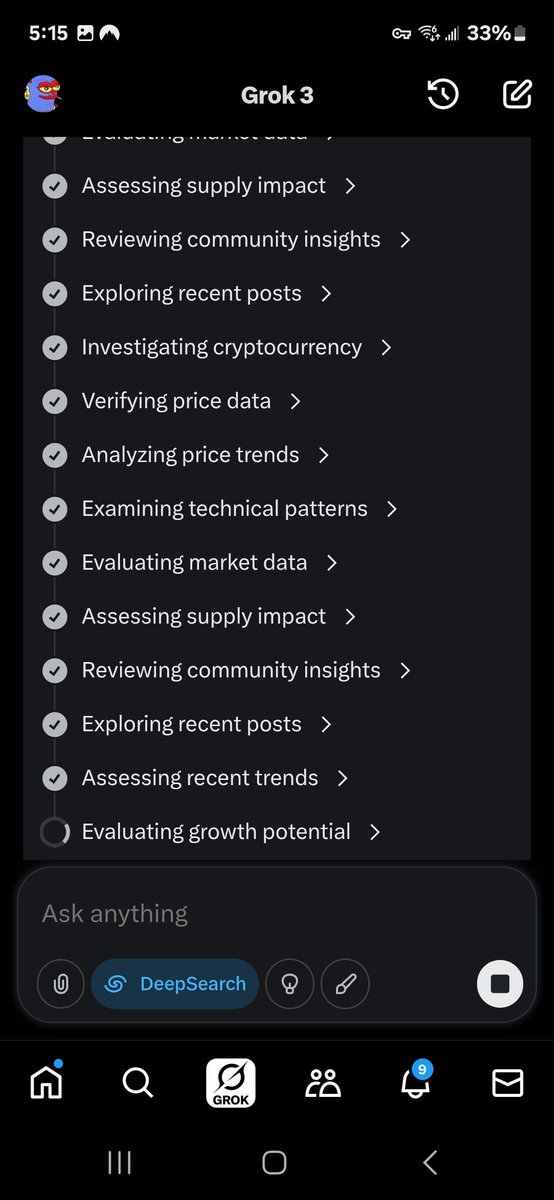Exploring the Nuances of AI: Beyond the Buzzword
Setting the Stage: AI’s Expanding Universe
Artificial intelligence, or AI, often triggers images of futuristic robots or all-knowing machines. Yet, the real story of AI encompasses a far broader and more nuanced landscape. It is a technology reshaping industries, economies, and daily life, often quietly and incrementally rather than through sci-fi-style leaps. To grasp what AI truly means today, we need to unpack its layers—from foundational concepts to ethical puzzles and practical implications.
Demystifying AI: What Is It, Really?
At its core, AI refers to computer systems designed to perform tasks that typically require human intelligence. This includes recognizing speech, translating languages, understanding images, making decisions, or even creating art and music. Rather than a single technology, AI is a family of techniques ranging from rule-based systems to machine learning models that “learn” from data.
One central breakthrough has been machine learning, especially deep learning, where algorithms improve by processing immense amounts of information. These models mimic—loosely—the human brain’s network of neurons, allowing them to spot patterns and make predictions. For example, AI systems power your smartphone’s voice assistant, recommend your next binge-watch, and help detect diseases in medical imaging.
The AI Ecosystem: From Data to Decision
AI’s power largely comes from its fuel: data. The vast reservoirs of structured and unstructured data, harvested from online interactions, sensors, and enterprises, enable AI models to train and evolve. Yet, collecting and curating quality data is no small feat; biased or incomplete datasets can lead to flawed AI behavior, raising real-world risks.
Moreover, AI doesn’t operate in isolation. It’s embedded within broader systems that include cloud computing infrastructure, edge devices, and user interfaces. This ecosystem coordinates to translate raw data into actionable insights, supporting applications as varied as autonomous vehicles, personalized marketing, fraud detection, and climate modeling.
Challenges and Ethical Fault Lines
As AI’s footprint grows, so do questions about its societal impact. Issues such as privacy invasion, algorithmic bias, transparency, and job displacement dominate discussions. The “black box” problem—where complex AI decisions lack understandable explanations—limits trust and accountability.
Ethical AI demands meticulous design and governance. For instance, ensuring fairness in automated hiring systems requires diverse training data and continual audits to avoid perpetuating discrimination. Similarly, AI-driven surveillance tools challenge boundaries between security and personal freedom.
Regulators worldwide wrestle with creating frameworks that encourage innovation while protecting rights. The rapid pace of advancement often outstrips policy development, underscoring the need for ongoing dialogue among technologists, lawmakers, and the public.
Real-World Transformations Powered by AI
Beyond theoretical debates, AI is driving tangible changes across sectors. In healthcare, AI accelerates drug discovery and predicts patient outcomes. In agriculture, it optimizes crop yields through monitoring soil and weather conditions. The financial world leverages AI for real-time fraud detection and market analysis.
Educational platforms use adaptive learning algorithms to tailor material to students’ needs, fostering more effective teaching. Even creative industries benefit, with AI tools assisting in composing music or generating visual art, blurring the lines between human and machine creativity.
These advances illustrate AI’s dual potential: to augment human capabilities and to automate repetitive or dangerous tasks, freeing up time and reducing errors.
Looking Ahead: Balancing Innovation and Responsibility
The trajectory of AI promises continued breakthroughs that could redefine what machines and humans achieve together. Concepts like explainable AI (XAI), federated learning (data privacy-preserving models), and AI-powered sustainability initiatives highlight a maturing field mindful of its responsibilities.
However, the dual-edged nature of AI calls for vigilance. As capabilities expand—from language models generating entire essays to autonomous systems making split-second decisions—ensuring these technologies align with human values is paramount.
Building AI literacy across society, fostering interdisciplinary collaboration, and embedding ethical considerations at every stage will help unlock AI’s benefits while mitigating risks.
Final Thoughts: AI as a Mirror and Engine of Change
Artificial intelligence is far more than a tech trend; it is a mirror reflecting our collective hopes, fears, and ingenuity. While AI systems can perform tasks once thought uniquely human, their real strength lies in amplifying our potential rather than replacing it.
The journey of AI is ongoing, complex, and profoundly human at its heart. Embracing this complexity with curiosity and care can transform AI from a mysterious force into a trusted partner for progress.
—
Sources:
– “Artificial Intelligence (AI) Explained” – MIT Technology Review
– “The Ethical Challenges of AI” – Harvard Business Review
– “How AI is Transforming Industries” – McKinsey Global Institute
– “The Future of AI: Balancing Innovation and Responsibility” – World Economic Forum

